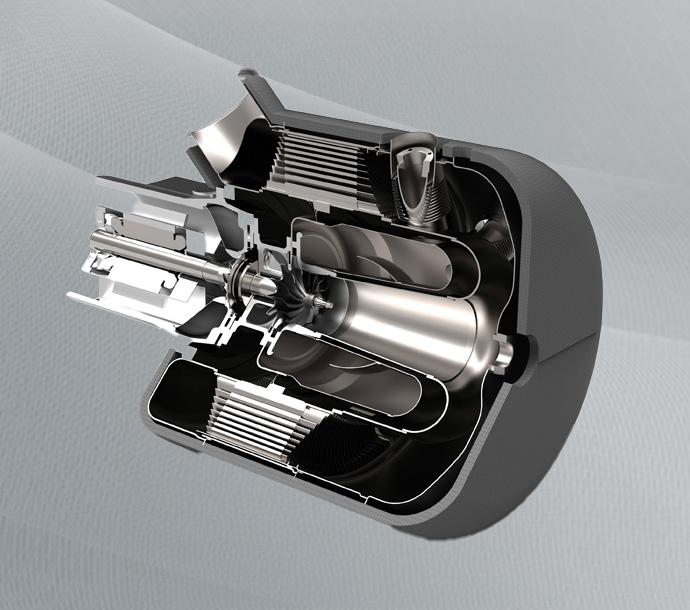
Clean, cost-efficient & low-maintenance with extremely low exhaust emissions. Low noise, no vibrations & insensitive to fluctuating gas quality. Highlight: Maintenance-free air bearing technology - no lubricants or coolant required!
Power from digester gas: clean, efficient, low-maintenance

Utilising sewage gas economically and ecologically: With the MicroTurbine, VTA is revolutionising the generation of electricity and heat in sewage treatment plants.
Clean, cost-efficient & low-maintenance with extremely low exhaust emissions. Low noise, no vibrations & insensitive to fluctuating gas quality. Highlight: Maintenance-free air bearing technology - no lubricants or coolant required!
Available in different sizes, the turbines are suited to sewage plants of any size. Low maintenance requirements, extremely low exhaust gas and noise emissions, and low sensitivity to variable gas quality are crucial plus points for the MicroTurbine in comparison to block-type thermal power stations.
MicroTurbines can be integrated into existing plant operations without any difficulty and can be installed both inside and outside buildings. The systems are compact, tried and tested, and totally reliable.
